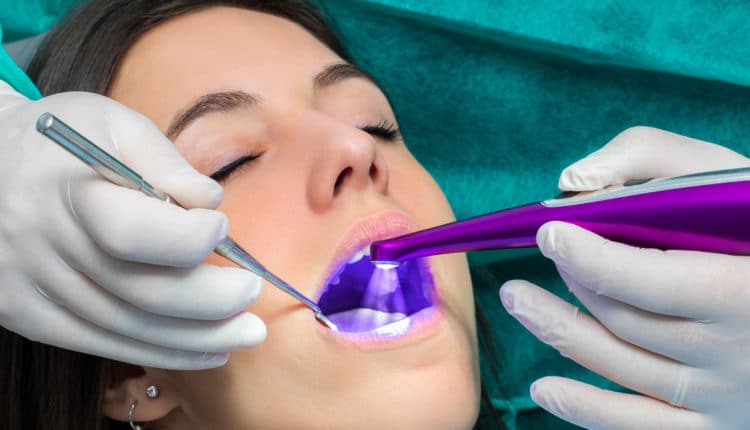 karelnoppe/iStock/Getty Images Plus
karelnoppe/iStock/Getty Images Plus
Regulations Block Students’ Access to Oral Health Care
A high number of low-income students ages 6 to 11 (6.5 million) are lacking dental sealants due in part to state-based regulations and policies that limit or prohibit dental hygienists from sealing children’s teeth at schools, a recent Pew Charitable Trusts study reveals.
A high number of low-income students ages 6 to 11 (6.5 million) are lacking dental sealants due in part to state-based regulations and policies that limit or prohibit dental hygienists from sealing children’s teeth at schools, a recent Pew Charitable Trusts study reveals.
Providing dental sealants in schools is a win-win, explains Jane Koppelman, research director of the Pew Charitable Trusts Dental Campaign. “Dental sealants are perhaps the most powerful clinical intervention to prevent tooth decay,” she says. “Providing it in a place where you know kids are everyday is a win-win.”
Unfortunately, these school-based sealant programs, which are recommended by numerous health organizations, including the Centers for Disease Control and Prevention, are in fewer than half of high-need schools across 39 states.
“When it comes to preventing decay, sealants are a powerful remedy and relatively easy and cost effective to apply; and it is just one area where we can be doing so much better to prevent tooth decay among children than we are now,” Koppelman says.
Pew identified barriers to the programs based on responses from 44 state dental directors, as well as other state policy stakeholders. These barriers range from state dental practice acts to Medicaid policies, which work against the expansion of school sealant programs.
Financial burdens exist in states that require a dentist to see a child before a dental hygienist can place a sealant in a school-based program. Many states places restrictions on the number of dental hygienists one dentist can supervise in a school setting. Medicaid policies that set low reimbursement rates, or limit reimbursement to certain practice settings, such as those performed in a dental office or dental clinic, create additional barriers. Another stumbling block is in states where a dentist is required to be onsite when a dental hygienist places a sealant.
“Research and evidence show that direct supervision by a dentist is unnecessary,” says Koppelman “A hygienist is capable of determining which teeth need to be sealed. That is part of their training, so again that is another layer that is costly and wasteful.”
Several of the barriers impeding dental hygienists’ ability to work in schools can be fixed by state lawmakers by eliminating the requirement that a hygienist must practice under general supervision in a school environment and removing the stipulation that a dentist must first examine a child before a hygienist can place a sealant in a school setting.
“If you look at all the barriers in the report related to dental practice acts we found that these rules are unnecessary,” Koppelman says. “Perhaps, at some point, they were passed with an intention to protect public safety. Today, we know that hygienists know which teeth should be sealed and which teeth should not be sealed, and they can be well trained to place sealants, so these rather extraneous requirements that impede them from just going into a school and doing their work and doing it cost efficiently under general supervision is simply unnecessary.”
The report also recommends Medicaid programs consider increasing reimbursement rates for sealants.
Click here to view the full report.

